How to remove PVC peel and stick tiles?
Introduction
Peel and stick tiles are popular for their ease of installation and variety of styles, as well as their affordability, making them ideal for both landlords and tenants. With the popularity of peel and stick tiles, more and more people are starting to want to know how to remove them.
💡Why might you need to remove these peel and stick tiles?
Maybe you are facing a kitchen or bathroom backsplash renovation issue, or you have remodeled the walls of your home with peel and stick tiles but want to change the style of the walls after a longer period of time, or maybe the peel and stick tiles that are currently being used in your home are damaged and you would like to remove these tiles.

Will PVC Peel and Stick Tiles Damage My Walls When I Remove Them?
There are two sides to everything, and whether or not removing PVC peel and stick tiles damages your walls is no exception. Some people think that removing the PVC peel and stick tile backing will damage the wall, but others think it won't. So what do you think the outcome will be?
Actually, it depends on the suitability of the wall you are installing it on and the care you take when removing the tiles. If the wall surface you are installing on is flat and smooth, you can greatly reduce the risk of wall damage when removing the peel and stick tile. However, if you have chosen a wall that has painted or uneven surfaces, there is a risk of damaging the wall when removing it. Additionally, to avoid the risks of removing, you need to use the correct method of removing self adhesive tiles.
If you have installed PVC peel and stick tiles on your wall, then you can use a safe method to remove the tiles from the wall without causing any damage. Next, follow our actions to remove PVC peel and stick tiles effectively and safely.

Preparation for Removing PVC Peel and Stick Tiles
Now that you have PVC peel and stick tiles on your walls and you happen to want to replace them with new self adhesive tiles, then you follow our steps to safely remove the peel and stick tiles with some time and patience and attention, as well as the proper tools.
Here are the tools and materials you need to have on hand, these items will make removing the tiles much easier, make sure you don't leave anything out:
Pry bar or scraper: for gently prying and removing tiles.
Putty knife: for scraping away any residual foam adhesive from the wall.
Heat gun or hair dryer: to help soften the adhesive and make it easier to scrape off the wall. If you don't have a heat gun, you can use a hair dryer instead.
Adhesive remover: for removing residual leftover adhesive.
Mild cleaner: for cleaning the wall.
Small spray bottle: for the cleaner or hot water.
Natural sponge or cloth: for applying cleaner or alcohol to the adhesive for easy removal.
Once you have these tools and materials ready, you can start removing PVC peel and stick tiles easily and safely.
Safety Precautions:
Always wear leather gloves to protect your hands when removing PVC peel and stick tiles and a mask to avoid inhaling dust or the odor of the adhesive remover. Ensure that you work in a well-ventilated area and keep windows and doors open throughout the process to allow fresh air in and contaminated air out.

A distribution guide for removing PVC ready to peel and stick tiles:
If the surface of the wall you are taping is real tiles, then please follow the steps below that we have tried to remove PVC ready to peel and stick tiles without damaging the wall.
Step 1: Heat the first tile.
The backing on PVC peel and stick tiles is a very strong adhesive and the longer it stays on the wall, the harder it will be to remove with your bare hands. We didn't have a heat gun and opted for a hair dryer to heat it up. However, PVC tiles have a certain thickness and the heat doesn't get through the PVC material to the adhesive in the backing. We heated it up while breaking it off, but because Yipscazo tiles are made of upgraded materials, the edges are sharp and easy to hurt your hands, so you need to be careful not to break it off with your bare hands here. We gave up on the hair dryer because it didn't heat the adhesive backing very well.
Step 2: use a scraper or pry bar
We re-acquired a new squeegee, and here we need to be careful not to choose the blade is too narrow. We were able to remove all the PVC tiles with the help of the squeegee, but as a result, there was a lot of foam backing left on the wall.
Step 3: remove the residual foam adhesive backing
After removing the tiles, there are a lot of foam adhesive marks left on the wall, we tried to scrape with a scraper and also tried steel wire ball, but the effect is not very satisfactory. If your wall is smooth please don't scrape the surface with brute force, because it may leave scratches on the surface, and the foam will still leave residual adhesive after removal. Since there was an outlet where we were testing (if there is an outlet where you are removing it, you will need to turn off the power first), we used a small spray bottle filled with hot water to spray the wall and be careful about the water touching the outlet. The hot water will be in a way that allows the heat to penetrate the foam adhesive and dissolve it making it easier to remove. You can also use an adhesive dissolver, but you need to be aware of the adhesive dissolver and whether it has a particular odor.
Step 4: Remove the remaining adhesive
We still had some adhesive residue remaining after scraping off the foam with a squeegee. Then, spray the wall with alcohol and hot water and take a sponge or wet rag and rub the residue off vigorously. Since the surface we tested was a textured tile, there may be residue in small crevices, so you will need to rub the wall hard.
Step 5: Clean the wall
Once all the adhesive residue has been cleaned up, we need to clean the walls of any residual glue that may not be visible. Spray the prepared mild cleaner on the wall to remove all the dirt from the wall, and then wash it again with water to ensure that the wall is not sticky.
What to do if the wall is broken?
Check the condition of the wall
Once you have removed all of the PVC peel and stick tiles, the next step is to carefully inspect the condition of the wall. If the wall you are installing is a flat concrete or painted surface, you need to be careful when removing the PVC tiles to avoid extensive damage to the wall. After removing the peel and stick tiles, whether there is a small damage or blemish on the surface or a large area of damage, your next step is to repair the wall.
The wall repair method
If there are only a few minor scratches or small cracks on the wall, you can use caulk to repair them. Caulk is perfect for filling in small imperfections, which will quickly return the wall to a flat and smooth surface. When using caulk, it is recommended that you clean the wall first, then apply it evenly to the cracks or imperfections and use a squeegee to flatten them. Allow the caulk to dry completely before gently sanding it flat to blend it in with the rest of the wall.
However, if you were careless during the removal of the PVC tiles, which resulted in a more serious area of scratching on the wall, caulking alone simply won't restore it. At this point, you will need to reapply cement to the wall to restore the smoothness and flatness of the entire wall. After applying the cement, wait for it to dry completely before sanding it down. Finally, the wall will be painted to restore the original smoothness and flatness. This wall restoration process takes a little longer, so here's a gentle reminder that if you're using peel and stick tiles, it's recommended that the preferred wall surface is a ceramic tile surface.
When the wall repair is complete, only then may you replace it with new peel and stick tile tiles to acquire a striking new look.
For more information about peel and stick tiles
The video below shows our test operation process. Removing PVC ready to peel and stick tiles takes patience and time.





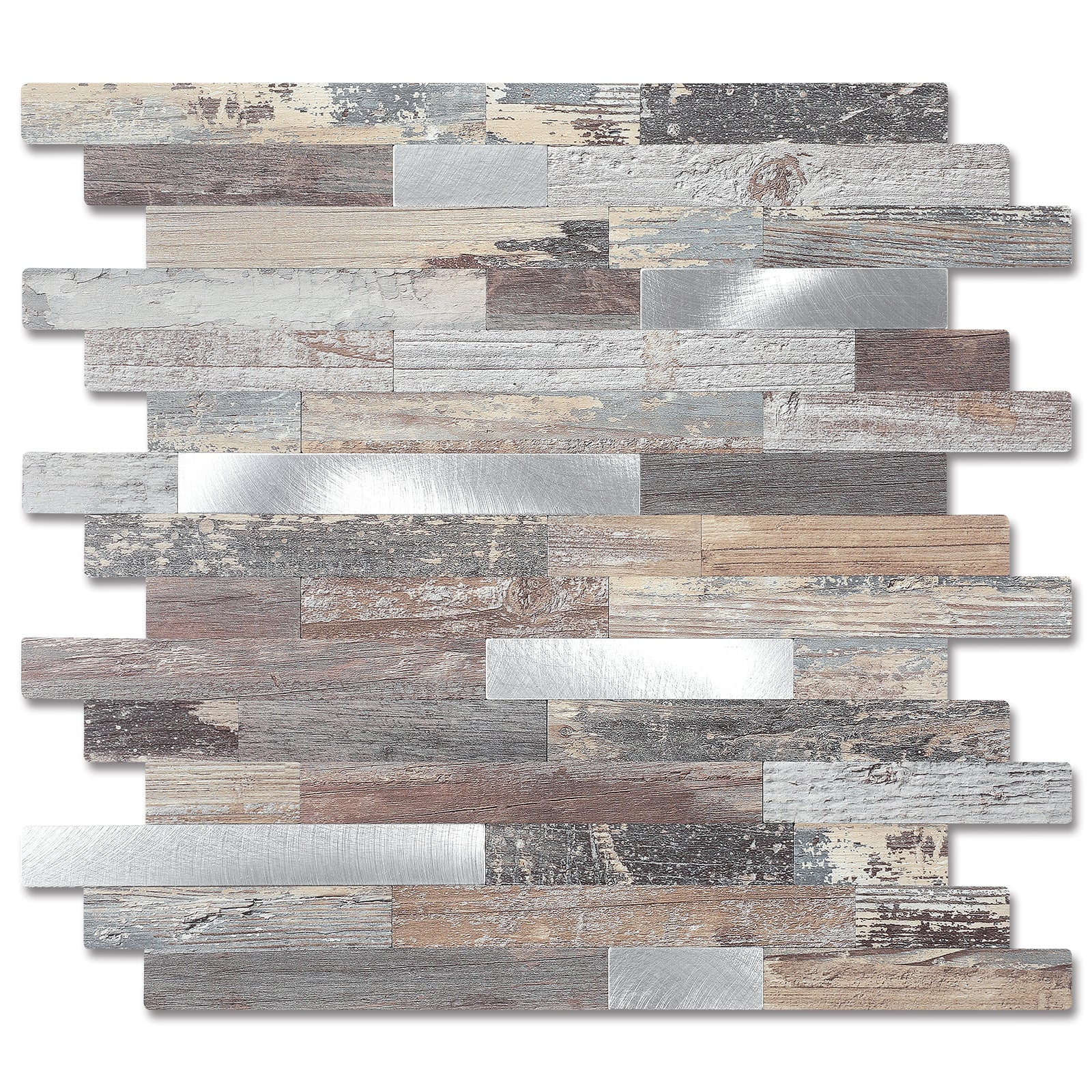
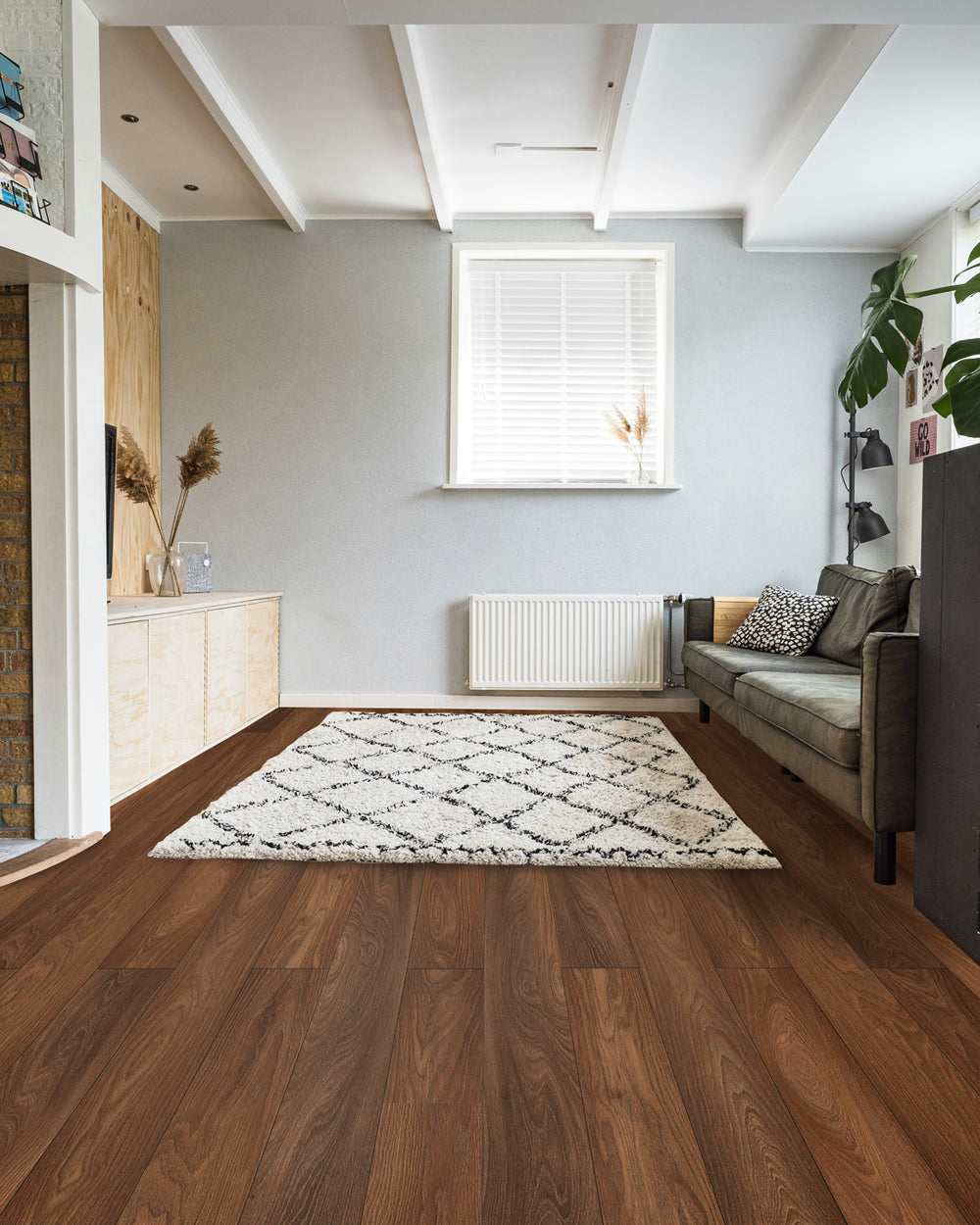
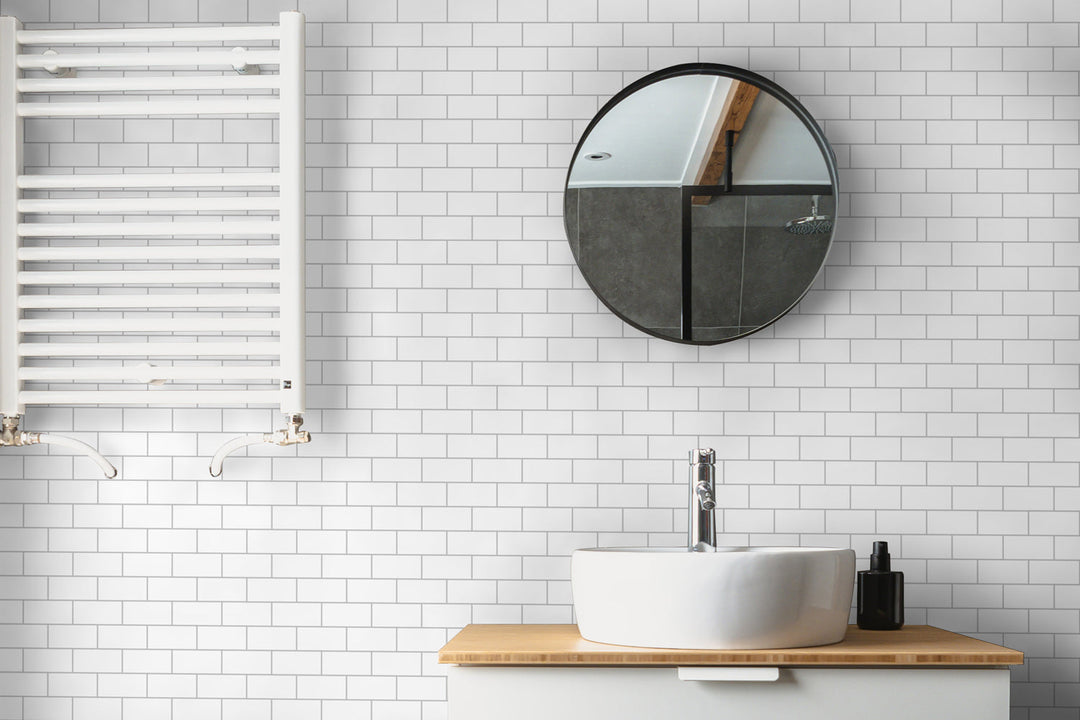
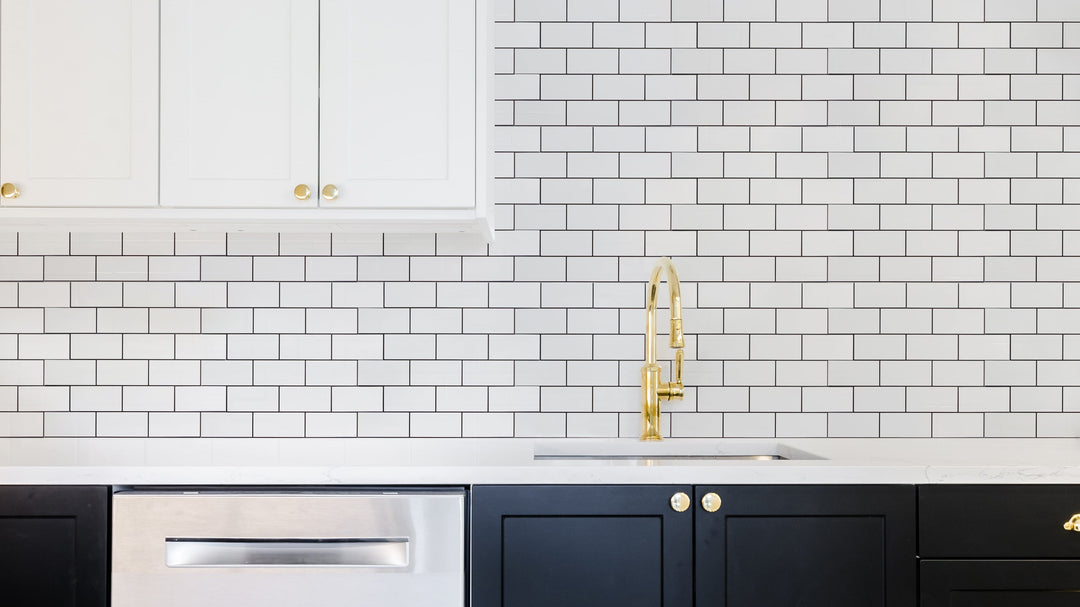
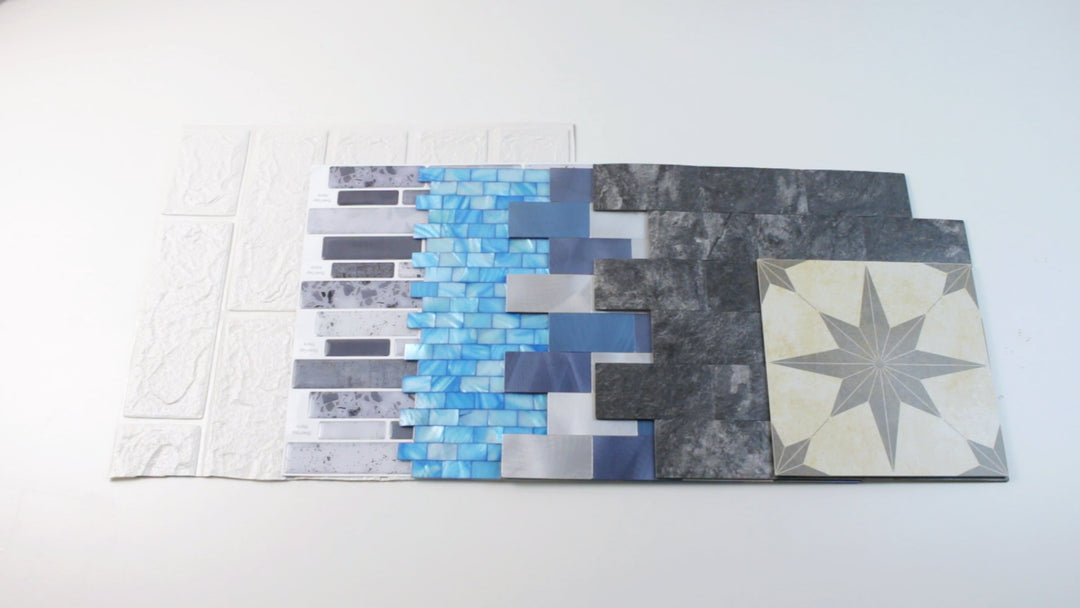
Leave a comment